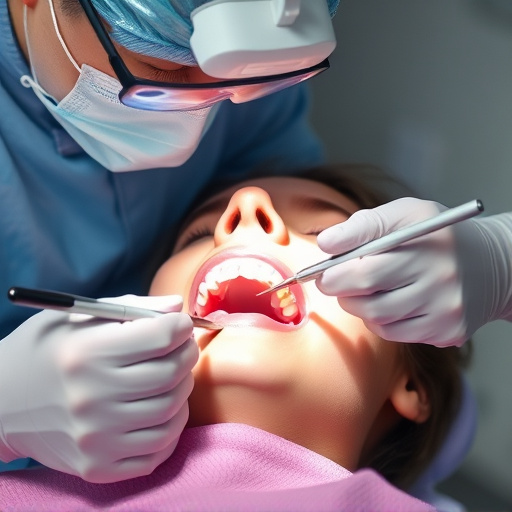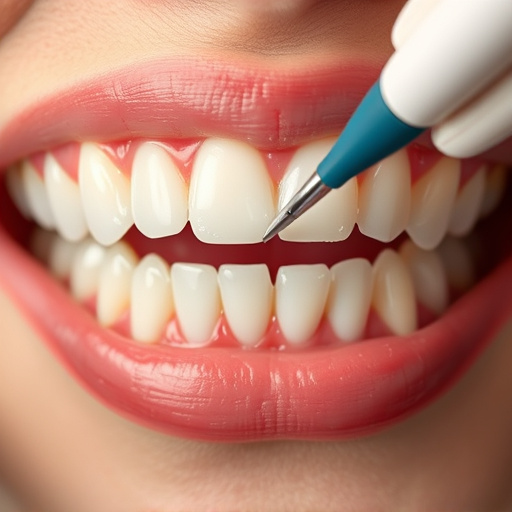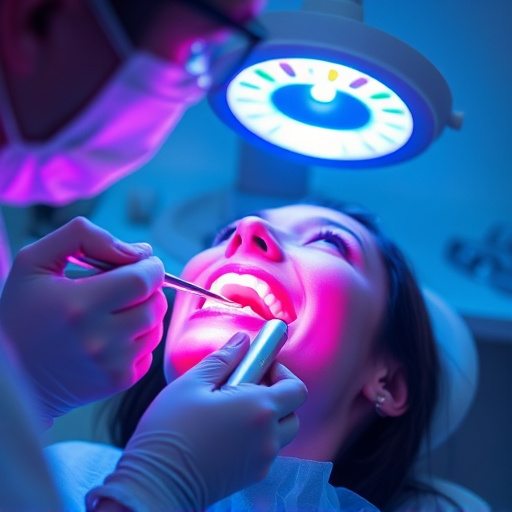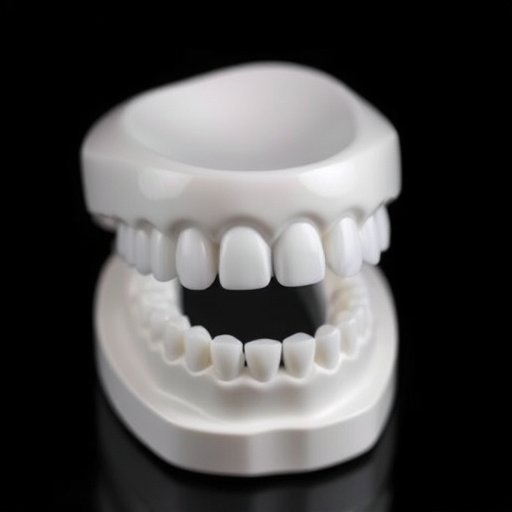Dental bridge replacement focuses on simplicity and comfort, with bonding techniques and wisdom tooth removal for optimal fit. Regular oral exams and post-procedure care ensure successful outcomes tailored to individual needs. Modern practices prioritize patient comfort, from initial assessments to healing, emphasizing excellent oral hygiene, rest, and regular check-ups to maintain a healthy smile.
Looking for a way to restore your smile with minimal discomfort? Dental bridge replacement offers a reliable solution. This article guides you through the process, from understanding various dental bridge options to minimizing pain during treatment and facilitating swift recovery. Learn essential post-care tips to ensure a smooth transition back to daily life after your procedure. Discover how modern dentistry makes replacing missing teeth comfortable and effective.
- Understanding Dental Bridge Replacement Options
- Minimizing Discomfort During the Procedure
- Post-Treatment Care and Recovery Tips
Understanding Dental Bridge Replacement Options
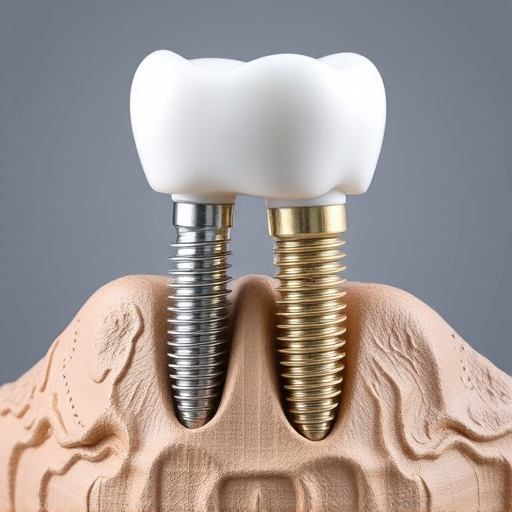
Dental bridge replacement offers a variety of options tailored to suit individual needs and preferences. One common method involves dental bonding, where a small amount of composite resin is applied to the surrounding teeth to create a base for the new bridge. This procedure is often chosen due to its relative simplicity and minimal discomfort compared to other alternatives.
Another crucial aspect in understanding dental bridge replacement options is considering when wisdom tooth removal might be necessary. In cases where wisdom teeth are impacted or causing issues, removing them can create space for better fitting bridges. Regular oral exams also play a vital role in monitoring the health of your teeth and gums, ensuring that any potential problems are addressed early on, contributing to successful dental bridge replacement procedures.
Minimizing Discomfort During the Procedure
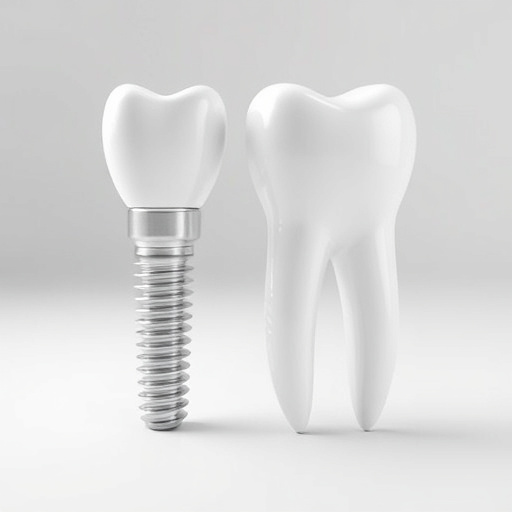
During a dental bridge replacement procedure, minimizing discomfort is a top priority for both patients and dental professionals. Modern advancements in general dentistry have made it possible to undertake this extensive procedure with minimal intrusion on daily life. Patients can expect a series of steps involving local anesthesia to numb the treatment area, reducing any sensation of pain during the actual placement of the bridge.
Additionally, skilled dentists employ various techniques for dental bonding, ensuring a secure fit without causing undue discomfort. Comprehensive dental care approaches focus not just on the technical aspects but also on patient comfort throughout every stage, from initial assessments to post-operative recovery, allowing individuals to maintain their confidence and smile despite undergoing such a significant restoration.
Post-Treatment Care and Recovery Tips
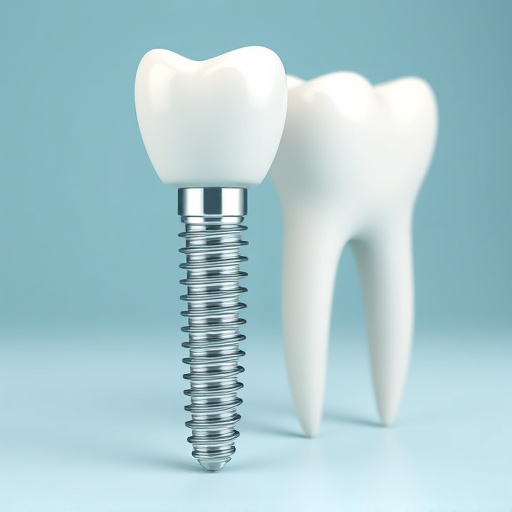
After a successful dental bridge replacement procedure, proper post-treatment care is essential for optimal healing and to ensure your new bridge remains in good condition. It’s recommended to take it easy for the first 24 hours, avoiding strenuous activities or heavy chewing on the treated side. This will help reduce discomfort and minimise the risk of damaging the newly placed bridge.
During the recovery period, maintain excellent oral hygiene by gently brushing and flossing around the bridge area. Avoid using toothpaste or mouthwash that contains harsh ingredients or alcohol, as these can irritate the gums. Regular visits to your family dentistry clinic for check-ups will ensure any issues are caught early. Additionally, consider using clear aligners to protect the bridge and surrounding teeth while you heal. This gentle approach to post-treatment care will help you regain comfort and confidence in your smile.
Dental bridge replacement offers a permanent solution for missing teeth, providing both functional and aesthetic benefits. By understanding the available options, minimizing discomfort during the procedure, and following post-treatment care tips, patients can experience a smooth and relatively painless journey towards restoring their smile. This comprehensive approach ensures a successful dental bridge replacement, allowing individuals to regain confidence in their oral health and overall well-being.








